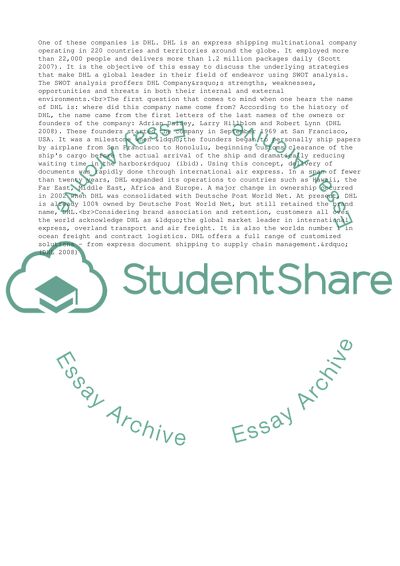Cite this document
(“The Success of a Business Entity that Depends on an Interplay of Inter Essay”, n.d.)
Retrieved from https://studentshare.org/business/1564603-swot-analysis-mkt-mgt
Retrieved from https://studentshare.org/business/1564603-swot-analysis-mkt-mgt
(The Success of a Business Entity That Depends on an Interplay of Inter Essay)
https://studentshare.org/business/1564603-swot-analysis-mkt-mgt.
https://studentshare.org/business/1564603-swot-analysis-mkt-mgt.
“The Success of a Business Entity That Depends on an Interplay of Inter Essay”, n.d. https://studentshare.org/business/1564603-swot-analysis-mkt-mgt.


